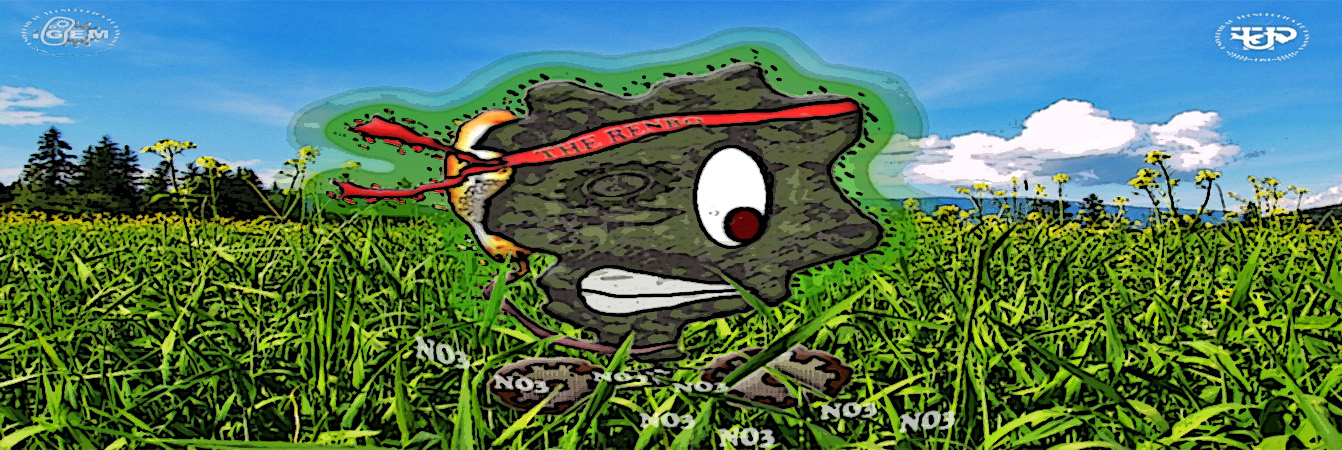Team:UTP-Panama/Project
From 2011.igem.org
(→Project Description) |
(→Project Description) |
||
| Line 75: | Line 75: | ||
== Project Description== | == Project Description== | ||
| - | |||
| Line 94: | Line 93: | ||
<A href="https://2011.igem.org/Team:UTP-Panama/Project_firstidea"> here</A>. | <A href="https://2011.igem.org/Team:UTP-Panama/Project_firstidea"> here</A>. | ||
</html> | </html> | ||
| - | |||
==REFERENCES== | ==REFERENCES== | ||
Revision as of 00:44, 29 September 2011
|
Home |
THERMOGENIC RESPONSE NUTRIENT BIOSENSOR (THE RENBO)
INTRODUCTIONEn la ingeniería se necesitan de sensores robustos y que puedan funcionar bajo diferentes condiciones y rangos. En pasadas ediciones de iGEM se han dado intentos por lograr que cada vez más los microorganismos (as machines & sensors) resistan y funcionen antes divesas condiciones de estres. El UTP-Panama en su visión de desarrollar herramientas ingenieriles a partir de biotecnología, se preocupo por mejorar y crear sensores más robustos a las condiciones ambientales y climáticas. En este sentido uno de los mayores retos esta en la capacidad de los microorganismos de seguir trabajando bajo cambios de temperatura, ya que pierden capacidad a bajas temperaturas (D’amico, et al. 2006). Este problema ha sido atacado por diversos equipo como el UNAM-Cinvestav 2010, utilizando el CspA promoter como un mejor promotor para bajas temperaturas en combinación con la proteina anticongelante (AFP) [1]. Nosotros el UTP-Panamá Team busca extender el rango de sensores a partir de la utilización de la AOX enzyme (Alternative oxidase), la cual principalmente ha sido diseñada para responder a Cold-shock, elevando la temperatura. A continuación explicamos porque. Project DescriptionTo develop flexible and better sensors for environmental, agricultural and engineering applications are the aims of the UTP-Panama Team “SynBio Engineering Tool Kit”. In this way we work with Nitrate Biosensor (PyeaR - GFP composite) developed by Team BCCS-Bristol 2010, which expresses fluorescent signals upon nutrient detection, producing a high-resolution map of arable land. To achieve this goal we use the collateral effect of the AOX enzyme (Alternative oxidase) mainly designed to generate heat in response to a cold-shock, using the hybB promoter. This effect increases the bacteria growth at temperatures below 20°C. Finally we design a prototype device with a better cold shock promoter (CspA promoter) developed by UNAM-CINVESTAV Team in 2010, in order to give our E. coli a “Intelligent Coat", which means that not to only survive a cold-shock but to also still been able to keep up with his duties due to improve their expression mechanism at low temperature.
The original BrainStorms ideasTo see the Original Project Description June-July 2011 click here. REFERENCES[1]https://2010.igem.org/Team:Mexico-UNAM-CINVESTAV/Project/Our_project Our Project DetailsPart 2The ExperimentsPart 3== Results == |
 "
"
